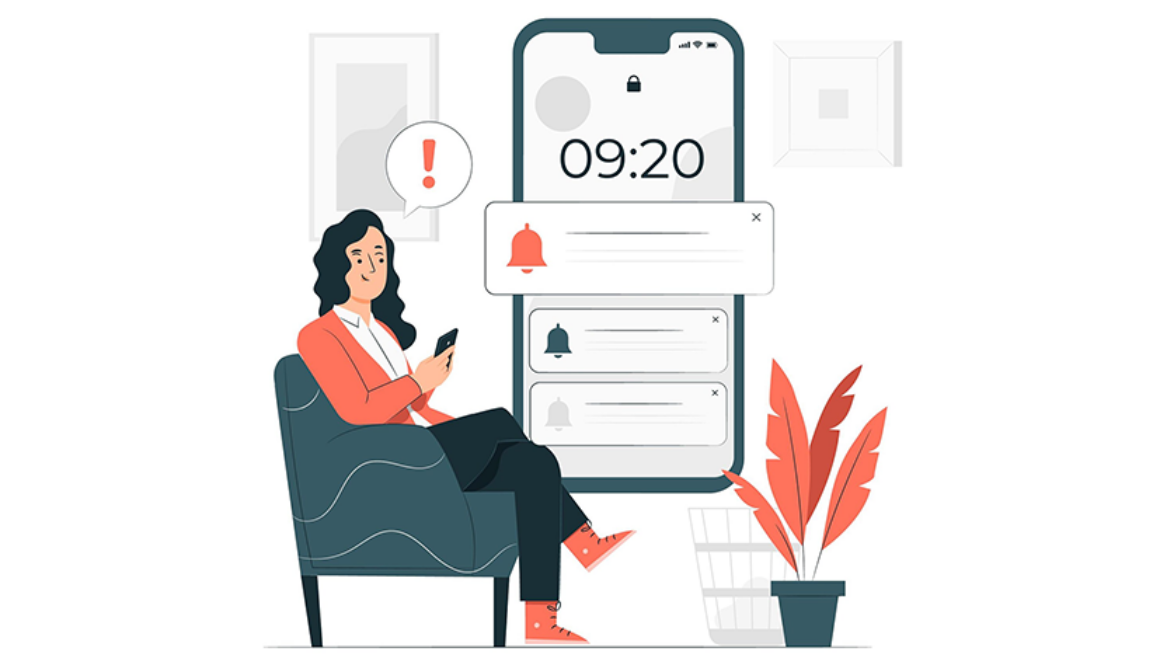2025 Mobile App Trends: What’s Shaping the Future of Digital Engagement
What began as simple applications designed for basic tasks has transformed into a multi-billion-dollar industry, fostering engagement, loyalty, and profitability across every sector. In fact, mobile apps play a crucial role in facilitating customer interaction, fostering brand loyalty, and maximizing return on investment (ROI). According to Statista, mobile apps are expected to yield over $935 billion in revenue in 2024. The impressive engagement rates, direct-to-consumer channels, and personalized experiences have elevated the significance of apps as a primary focus for businesses.









